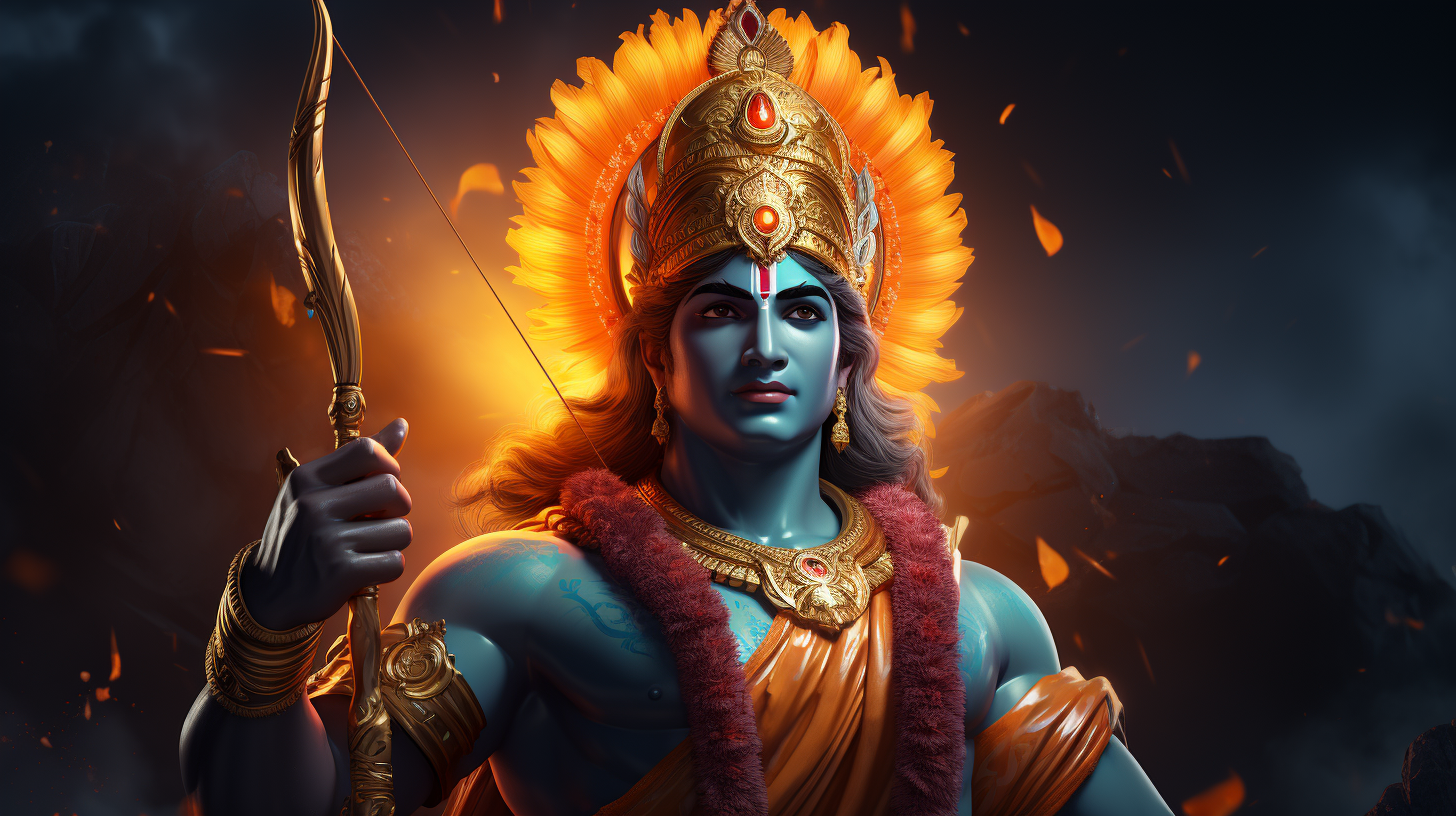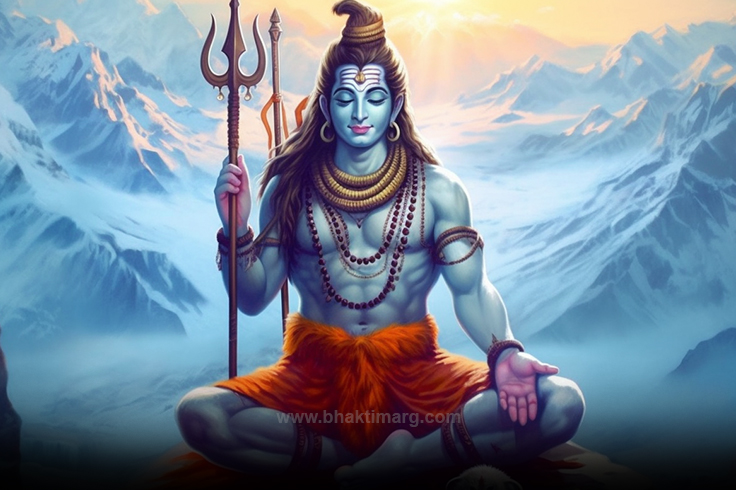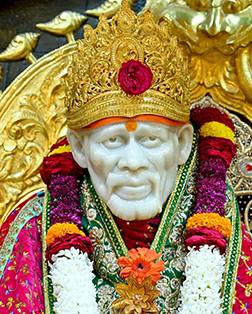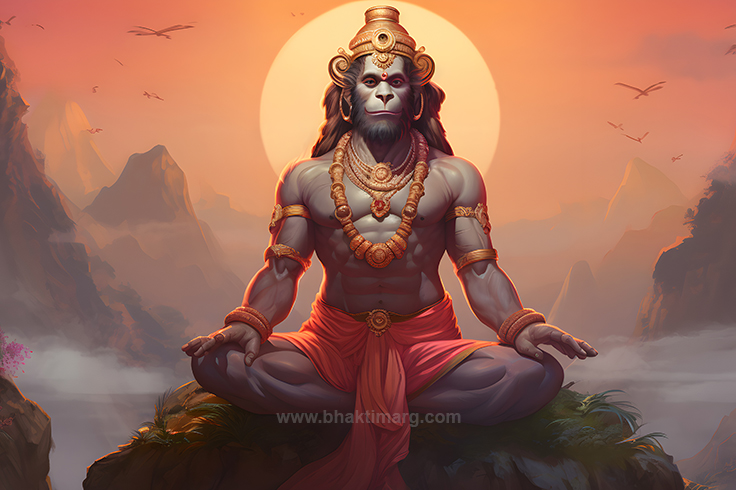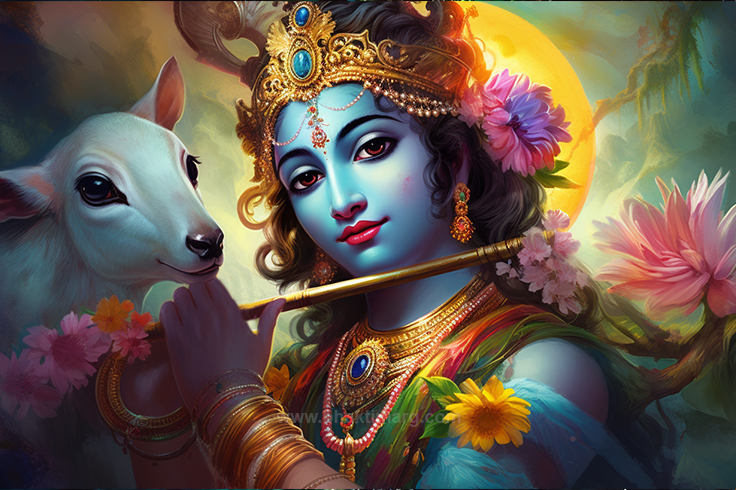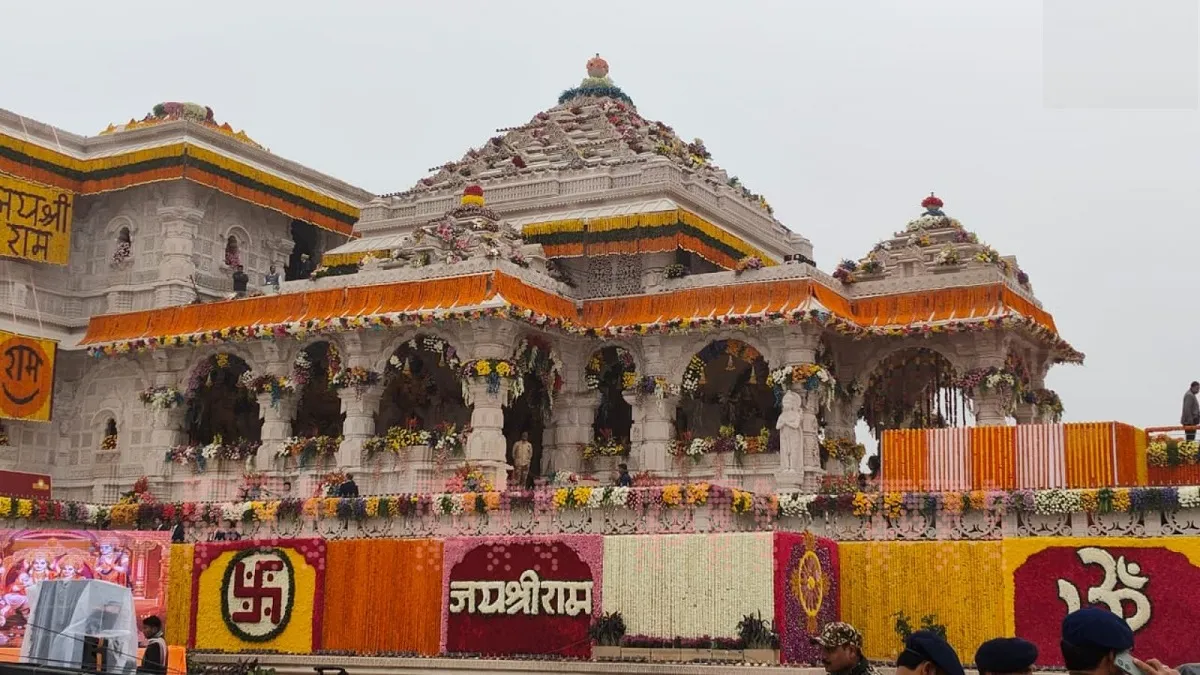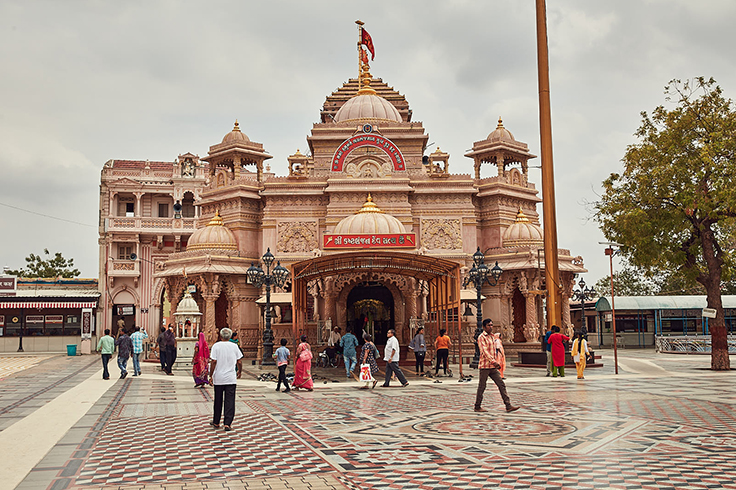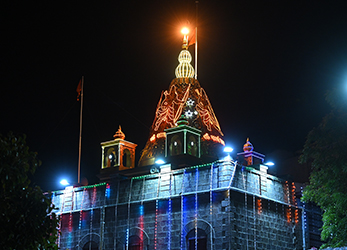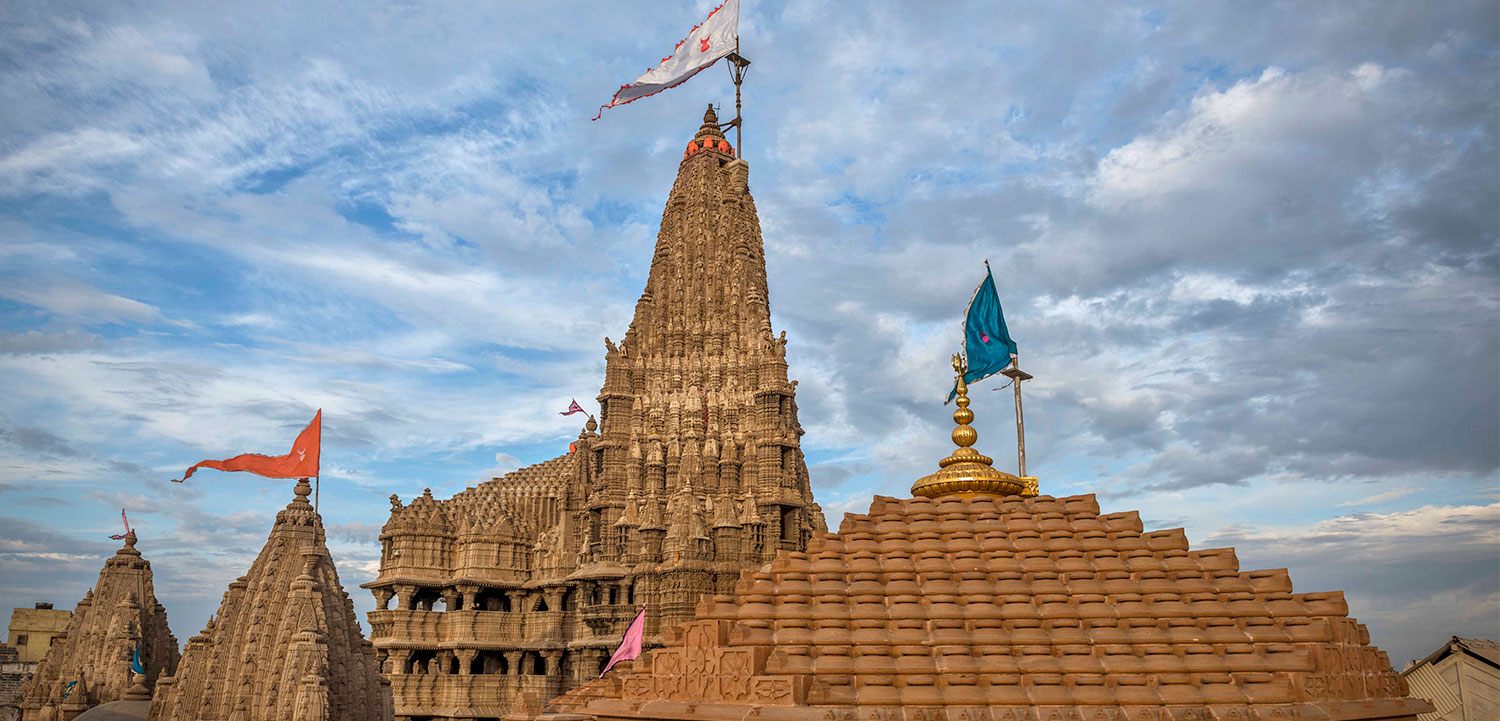
Dussehra 2025 (Vijayadashami): Date, City-wise Muhurat, Meaning & How to Celebrate
Dussehra, also known as Vijayadashami, is one of the most auspicious and widely celebrated Hindu festivals in India. The word Dussehra is derived from two Sanskrit words – Dasha (ten) and Hara (defeat), symbolizing the victory of good over the ten-headed demon king Ravana by Lord Rama. It also marks Goddess Durga’s triumph over the buffalo demon Mahishasura, representing the eternal truth that righteousness (dharma) always prevails over evil (adharma).
In 2025, Dussehra will be celebrated on Thursday, 2nd October, bringing together devotion, cultural festivities, and community joy across the nation.
This blog explores the date, timings, mythological significance, regional celebrations, spiritual essence, and modern-day relevance of Dussehra 2025 in detail.
Dussehra 2025 Date and Timings
- Date: Thursday, 2nd October 2025
- Vijay Muhurat: 02:05 PM to 02:52 PM (local time may vary)
- Aparahna Puja Time: 01:18 PM to 03:39 PM
- Dashami Tithi Begins: 01st October 2025, 06:50 PM
- Dashami Tithi Ends: 02nd October 2025, 04:58 PM
The festival coincides with the culmination of Sharad Navratri and Durga Puja celebrations. For many, Vijayadashami is also considered a shubh muhurat to start new ventures, purchase property, or begin education.
Dussehra 2025 City-wise Vijay Muhurat & Aparahna Puja Time

According to Drik Panchang, the most auspicious time to perform Vijayadashami Puja is during the Vijay Muhurat, which is observed in the afternoon after Aparahna (post-noon). Here are the timings for major Indian cities:
| City | Vijay Muhurat | Aparahna Puja Time |
| New Delhi | 02:09 PM – 02:56 PM | 01:21 PM – 03:44 PM |
| Mumbai | 02:27 PM – 03:15 PM | 01:39 PM – 04:03 PM |
| Bengaluru | 02:09 PM – 02:57 PM | 01:21 PM – 03:45 PM |
| Kolkata | 01:25 PM – 02:12 PM | 12:37 PM – 03:00 PM |
| Chennai | 01:58 PM – 02:46 PM | 01:10 PM – 03:34 PM |
| Hyderabad | 02:05 PM – 02:53 PM | 01:17 PM – 03:40 PM |
| Pune | 02:23 PM – 03:11 PM | 01:35 PM – 03:59 PM |
| Ahmedabad | 02:28 PM – 03:15 PM | 01:40 PM – 04:03 PM |
Mythological Significance of Dussehra

Dussehra is deeply rooted in Indian epics and scriptures, holding different meanings in different regions of the country.
- Lord Rama’s Victory Over Ravana
The Ramayana narrates the tale of how Lord Rama, an incarnation of Lord Vishnu, fought a fierce battle against Ravana, the demon king of Lanka, who had abducted Goddess Sita. After nine days of battle, Rama finally defeated Ravana on the tenth day, symbolizing the triumph of truth and virtue. This event is commemorated through Ramlila performances and the burning of Ravana’s effigies during Dussehra.
- Goddess Durga’s Victory Over Mahishasura
According to the Devi Mahatmya in the Markandeya Purana, Goddess Durga fought with the demon Mahishasura for nine nights and finally slayed him on the tenth day. This victory signifies the power of divine feminine energy (Shakti) in restoring cosmic balance. In Eastern India, Dussehra coincides with Durga Puja immersion (Visarjan).
- Symbolism of Good Over Evil
Whether it is Rama defeating Ravana or Durga slaying Mahishasura, the essence of Dussehra remains the same – a reminder that darkness may seem powerful, but ultimately light and truth always prevail.
Spiritual and Cultural Meaning of Dussehra

Dussehra is not just about rituals; it carries deep spiritual and cultural lessons:
- Victory of Dharma: It emphasizes that righteousness may face trials but always emerges victorious.
- New Beginnings: Many people start new businesses, learn arts, or buy homes and vehicles on Vijayadashami, believing it ensures success.
- Self-Reflection: Symbolically, burning Ravana represents destroying inner evils like ego, anger, and greed.
- Unity in Diversity: Celebrated across India with varied traditions, Dussehra highlights India’s cultural richness.
Dussehra 2025 Puja Vidhi and Rituals

Dussehra is celebrated with devotion and discipline, and the rituals vary across regions. However, certain traditional practices are widely observed on this auspicious day. Here’s a step-by-step guide to the Puja Vidhi for Vijayadashami 2025:
- Preparations for the Puja
- Clean the Home & Puja Area: The space should be purified with water, incense, and flowers.
- Set Up the Altar: Place idols or pictures of Lord Rama, Goddess Durga, and Lord Hanuman.
- Samagri Required: Flowers, fruits, sweets (especially jaggery and sesame-based), rice, betel leaves, diya (oil lamp), incense sticks, turmeric, kumkum, and fresh water in a kalash.
- Kalash Sthapana (Sacred Pot Placement)
- A kalash filled with water, mango leaves, and a coconut is placed on the altar, symbolizing auspiciousness and prosperity.
- Invocation of Deities
- Light the diya and incense sticks.
- Offer flowers, kumkum, and turmeric to the deities while chanting prayers and mantras dedicated to Lord Rama and Goddess Durga.
- Recite verses from the Ramayana or Durga Saptashati.
- Aparahna Puja (Afternoon Worship)
- As per tradition, Aparahna (afternoon time) is considered the most auspicious for Dussehra Puja.
- Devotees perform Shami tree worship (Shami Puja) in many parts of India, offering prayers and leaves to the deity for blessings of prosperity and victory.
- Ayudha Puja (Worship of Tools and Vehicles)
- In South India and Maharashtra, Dussehra includes Ayudha Puja, where people clean, decorate, and worship their tools, books, instruments, and vehicles.
- This ritual symbolizes respect for the means of livelihood and knowledge.
- Ravana Dahan (Symbolic Ritual)
- In North India, the burning of Ravana, Meghnath, and Kumbhkaran effigies represents the destruction of evil.
- Families and communities gather to watch this ritual with fireworks, symbolizing the end of negativity and the triumph of virtue.
- Exchange of Aapta Leaves
- In Maharashtra, people exchange Aapta (Bauhinia) leaves, calling them “Sona” (gold), as a gesture of goodwill, prosperity, and blessings for the coming year.
- Immersion of Idols
- In Eastern India, particularly in West Bengal, the day concludes with the immersion of Goddess Durga’s idols (Durga Visarjan), marking her return to Mount Kailash.
Regional Celebrations of Dussehra 2025

India’s cultural diversity makes Dussehra celebrations unique in every state. Here’s how different regions add their flavor to this grand festival:
- North India: Ramlila & Ravana Dahan
In states like Uttar Pradesh, Delhi, and Haryana, Dussehra is marked by dramatic enactments of Ramlila, where actors perform episodes from the Ramayana. The celebrations reach their peak with the burning of effigies of Ravana, Meghnath, and Kumbhkaran, accompanied by fireworks. Huge crowds gather to witness this symbolic destruction of evil.
- Eastern India: Durga Puja Immersion
In West Bengal, Assam, Odisha, and Bihar, Dussehra coincides with the last day of Durga Puja. Devotees bid farewell to Goddess Durga as her idols are immersed in rivers or seas, symbolizing her return to Mount Kailash. The air is filled with chants of “Asche bochor abar hobe” (she will come again next year), creating a mix of joy and melancholy.
- South India: Mysuru Dasara Grandeur
The Mysuru Dasara in Karnataka is world-famous for its royal processions, decorated elephants, cultural performances, and lighting of the Mysore Palace. This tradition, dating back centuries, continues to attract global tourists. In Tamil Nadu and Andhra Pradesh, families also celebrate by arranging “Golu” dolls displays at home.
- Western India: Garba, Dandiya, and Ayudha Puja
In Gujarat and Maharashtra, Dussehra follows the nine nights of Navratri Garba and Dandiya Raas, concluding with prayers and processions. In Maharashtra, people exchange “Aapta leaves” (gold leaves) as symbols of prosperity. In some regions, Ayudha Puja is observed, where tools, vehicles, and instruments are worshipped for success.
- Central and Northern Hills: Folk Traditions
In Himachal Pradesh’s Kullu Dussehra, the festival lasts for a week, with processions of local deities and cultural festivities. Unlike other regions, effigy burning is not common here; instead, it emphasizes community worship and folk traditions.
Modern-Day Celebrations of Dussehra

With time, Dussehra has evolved while retaining its spiritual essence.
- Community Gatherings: Urban centers host large fairs, stage dramas, and fireworks, making it a social as well as religious event.
- Digital Celebrations: Social media platforms are flooded with festive wishes, live telecasts of Ramlila, and virtual Durga Puja darshans.
- Eco-Friendly Trends: To reduce environmental damage, many communities are shifting towards green Ravana effigies made of biodegradable materials and clay idols for immersion.
Dussehra 2025 Wishes Pack

Here are some warm, festive greetings you can share on social media or with loved ones:
- Victory of good over evil—Happy Dussehra 2025!
- Burn the Ravana within and embrace positivity.
- May the divine grace of Maa Durga bring harmony and abundance to your home.
- Jai Siya Ram! Let truth and courage guide your path.
- Subho Bijoya! Love, light, and blessings to all.
Embracing the Spirit of Dussehra

Dussehra 2025, falling on 2nd October, is more than just a festival – it is a celebration of eternal values. It reminds us that no matter how powerful evil may seem, it will always be overcome by truth, virtue, and divine strength.
As communities gather for Ramlila, Durga Visarjan, or grand processions, Dussehra continues to unite India in devotion, cultural vibrance, and joy. This year, Bhakti Marg encourages everyone to celebrate the festival not only with enthusiasm but also with eco-consciousness, ensuring that our traditions remain sustainable for generations to come.
The message of Dussehra is timeless: Good always triumphs over evil – in the world and within ourselves.”




